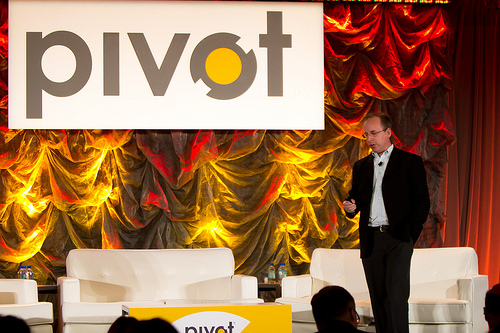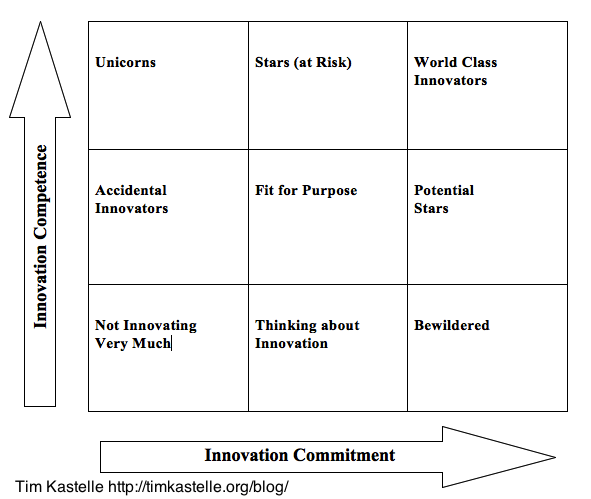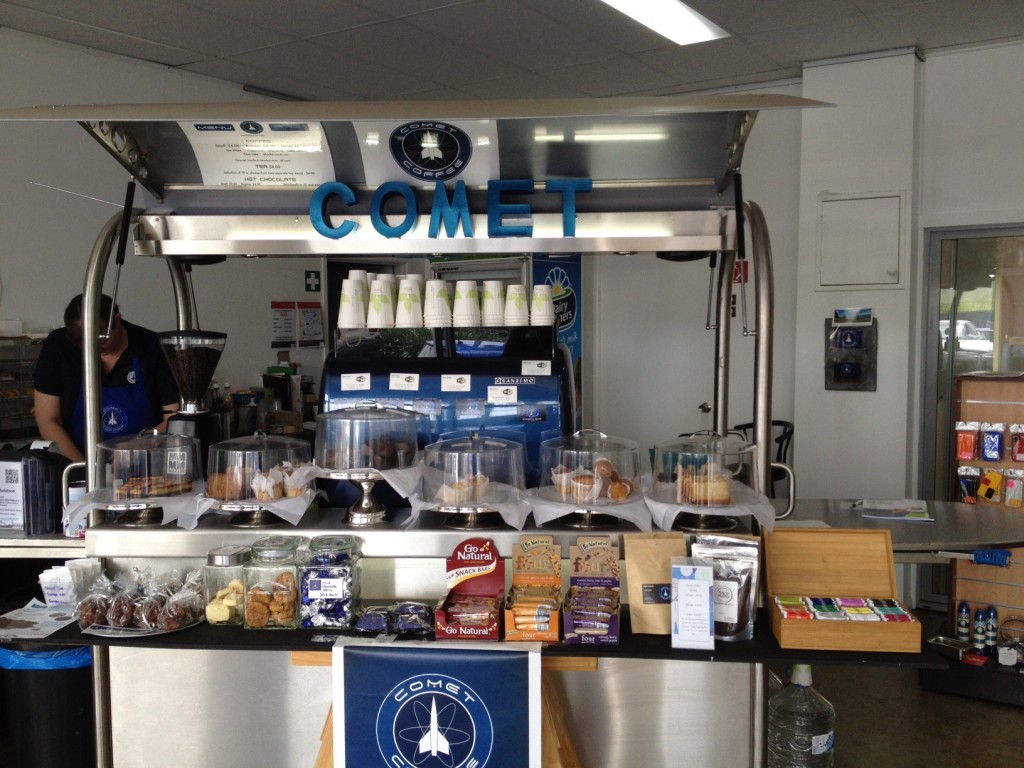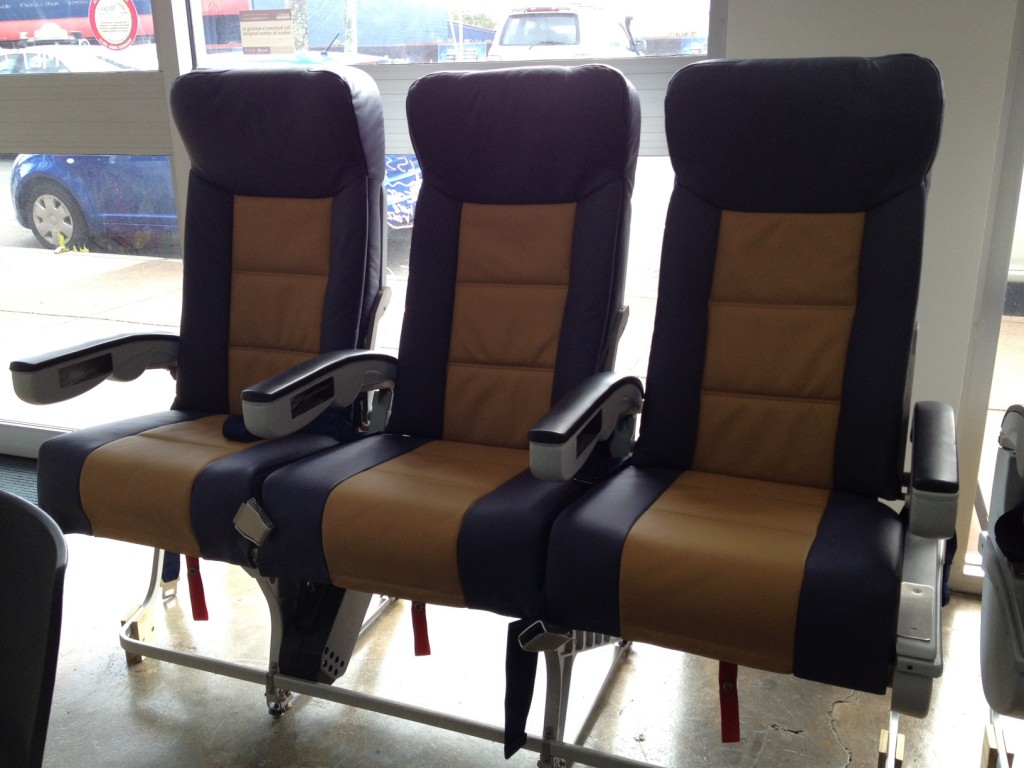Your business model must evolve.
It reminded me of one of the biggest failures I was ever involved with. I was working for a startup, and we had a product with some problems. Before I joined up, they had built a database development tool which you could use to build websites. It was particularly well-suited for e-commerce sites.
When it came time for me to sell it, I ran into some problems. The main one was that the majority of people that needed to build such websites were already using PHP. Since PHP was free, and ours wasn’t, this was a problem. However, in talking to potential customers, I discovered that our software did one unique thing, that had some potential value.
Our software could use one query to interrogate multiple databases, and return an integrated answer. This ability had huge potential value for anyone trying to integrate a legacy database application into a new system.
I tried to get our CEO and our owner to redesign the software to attack this market. I failed.
Not too long after that, so did our software.
Compare that story to this one: Caterina Fake and Stewart Butterfield were running a company building a game called Game Neverending. As part of the game, one of the engineers wrote a photo-sharing module. They quickly realised that this module had more commercial potential than the game. More importantly, the photo-sharing could be brought to market more quickly, which was crucially important because they were running out of cash.
Fake and Butterfield were able to move from their original idea to one with greater potential. My startup couldn’t. According to Clayton Christensen, the need to pivot is more common than we think:
Professor Amar Bhide showed in his Origin and Evolution of New Business that 93 percent of all companies that ultimately become successful had to abandon their original strategy—because the original plan proved not to be viable. In other words, successful companies don’t succeed because they have the right strategy at the beginning; but rather, because they have money left over after the original strategy fails, so that they can pivot and try another approach. Most of those that fail, in contrast, spend all their money on their original strategy—which is usually wrong.
93% of successful companies pivot!!
This is why business models must evolve – because our original one is probably wrong.
John Mullins and Randy Komisar talk about how to address this in their excellent book Getting to Plan B: Breaking Through to a Better Business Model. Their primary recommendation is use dashboarding to track the development of your business model. They use a more restricted view of what a business model is than other current models of business models do, but their approach is very useful.
Their primary recommendation is use dashboarding to track the development of your business model. They use a more restricted view of what a business model is than other current models of business models do, but their approach is very useful.
Mullins and Komisar recommend using analogs and anti-logs to develop your original idea. Analogs are companies or products that you want to be like, and ant-logs are the opposite – examples of what you want to avoid. These will help you build your first business model.
The next step is identify the leaps of faith – what are assumptions that must be correct for your business model to work? If there is no previous data to help you test these, then you have a leap of faith. The last step is to figure out ways to build and test hypotheses that will be determine if these assumptions are correct or not.
If they aren’t you need to evolve your business model to a new version.
The best resource I’ve run across to help you build and test business model hypotheses is Ash Maurya’sRunning Lean: Iterate from Plan A to a Plan That Works. He uses a modified version of the Business Model Canvas. Maurya says that building a viable business model is actually the primary objective when you launch a new idea. In other words, “your product is NOT ‘the product‘ – your business model is ‘the product.’”
He uses a modified version of the Business Model Canvas. Maurya says that building a viable business model is actually the primary objective when you launch a new idea. In other words, “your product is NOT ‘the product‘ – your business model is ‘the product.’”
Here’s what he says about hypothesis testing:
Once you know what you need to learn, the final step is then setting up a series of experiments designed to uncover some answers as quickly as possible. The tactics that you use is highly dependent on the stage of your startup. For instance, the period before Product/Market Fit is usually riddled with qualitative learning (customer interviews/usability tests), while the period after Product/Market Fit tends to be more quantitative.
…
As entrepreneurs we view the world with a strong solution bias. Once we acknowledge that the solution is not the whole product and that we don’t need to pretend to believe our made up answers, we shift from pitching to learning – from other people.I believe the true benefit of creating a business model/plan is only realized when it facilitates learning from other people.
Effective business models are dynamic. The odds of getting yours right on the first go are low. So your first business model is a starting point.
You need to identify the things you don’t know, and build experiments that will help you learn what will work.
That’s what Butterfield and Fake did with Flickr, and that’s what I should have done in my startup. You can bet that’s what I’ll do while Nancy and I work out a business model for her, and when I launch new ideas in the future.
The business models that win are not those that are the best right out of the box. The business models that win are the ones that evolve quickly and effectively. Building them to change is the best way to try to build one that will last.






 I had the opportunity to meet and chat with local ethnographic researcher
I had the opportunity to meet and chat with local ethnographic researcher 
 Because the team will likely only get the insights mostly right, it is important that your go-to-market processes include a great deal ofmodularity and flexibility. In the same way that product development processes have to design for certain components that are ‘likely’ to be available, but also have a backup design available that substitutes already released components–should the cutting edge components not be ready in time.
Because the team will likely only get the insights mostly right, it is important that your go-to-market processes include a great deal ofmodularity and flexibility. In the same way that product development processes have to design for certain components that are ‘likely’ to be available, but also have a backup design available that substitutes already released components–should the cutting edge components not be ready in time.









